
A new publication in the American Heart Association’s Circulation journal reveals that sugar-laden drinks, ranging from soft drinks to fruit smoothies should be eliminated from people’s diets.
The human global death toll arises from the diseases of diabetes, (133,000 a year), heart disease, (45,000 a year), and cancer, (6,450 a year). The study is the first comprehensive assessment of the world-wide deaths attributable to sugar-sweetened beverages (SSBs).
Researchers defined SSBs as any sugar-sweetened fizzy drinks, fruit drinks, sweetened iced teas, sports/energy drinks, or homemade sugary drinks. Pure fruit juice was excluded.
An international team of researchers from Harvard, Tufts and Washington universities in the US, and Imperial College London in the UK conducted the extensive study of 62 dietary surveys taken from more than 611,000 people between 1980 and 2010 across 51 countries—almost two thirds of the world’s adult population.
The dean of the Friedman School of Nutrition Science & Policy at Tufts University in Boston said it should be a global priority to substantially reduce or eliminate sugar-sweetened beverages from the diet.
Source: The Independent.
Of course, the director general of the British Soft Drinks Association said the evidence was inconclusive.
Back in 2013, Coke launched an “anti-obesity” advertisement accepting that sweetened soda and many other foods and drinks have added to the obesity epidemic. Coke offered its wide array of calorie-free beverages and encouraged individuals to take responsibility for their own drink choices and weight. Responses were mixed, with many experts calling it misleading and inaccurate in stating the health dangers of soda.
The calorie facts: The average can of sugar-sweetened soda or fruit punch provides about 150 calories, almost all of them from sugar, usually high-fructose corn syrup. That’s the equivalent of 10 teaspoons of table sugar. If you were to drink just one can of a sugar-sweetened soft drink every day, and not cut back on calories elsewhere, you could gain up to 5 pounds in a year.

Reducing your intake of soft drinks is associated with less weight gain and metabolic improvement. Why not drink water or pure fruit juices instead?
As a teenager, I drank Coca Cola with ice as a substitute for cocktails in the evening with my parents. The drink was a luxury. Back in the 50s, Coke contained much more harmful substances. Of course, I didn't know about the original ingredients.
I've never liked sweet or bubbly drinks and have not indulged myself since. As well as water, I drink a variety of unsweetened teas, and one glass of pure apple juice a day.
However, I feel very sorry for the children who have been raised on sweet drinks. It will be very hard for them to adapt to a different way of getting through the day if they have to give it up. I think sugar is one of the most addictive foods.
My husband adds raw cane sugar to his coffee. It's a habit. At the age of 76, I don't think he'd consider drinking his coffee without sugar. I'm not going to bother him with the facts. I preach to him too much as it is.
How about you? Now you've seen the shocking evidence, will you drink sugary drinks?




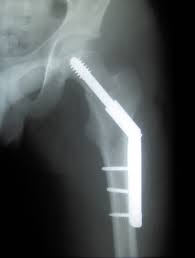











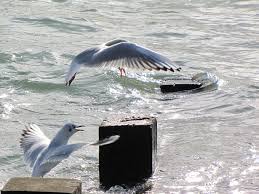



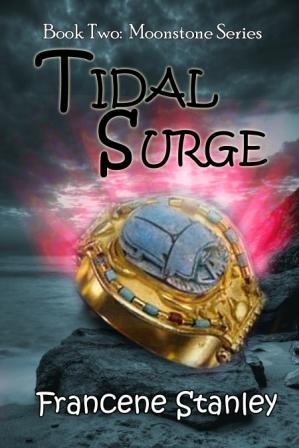
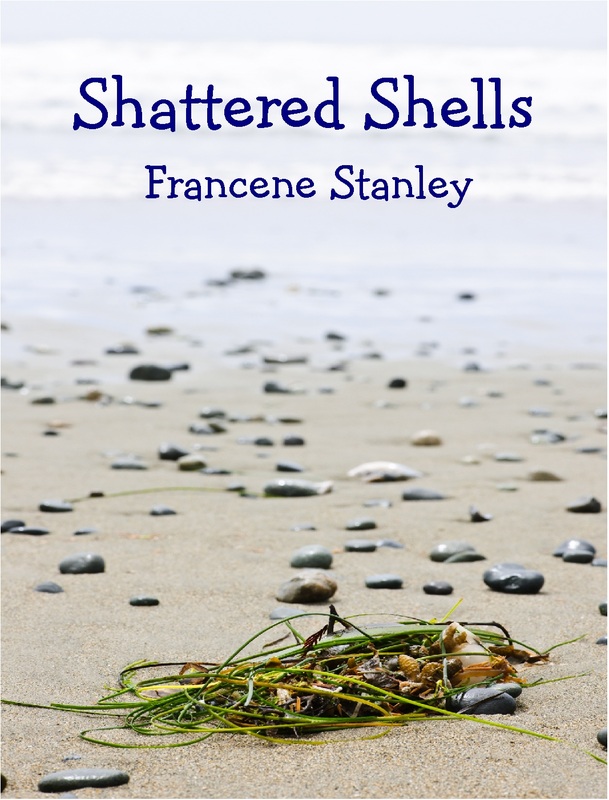

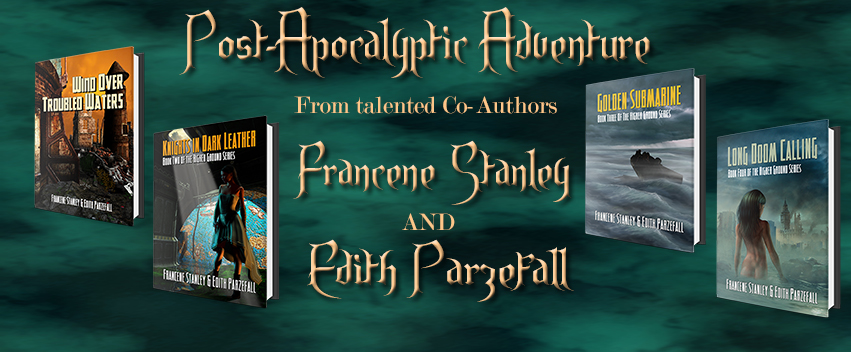
 RSS Feed
RSS Feed
